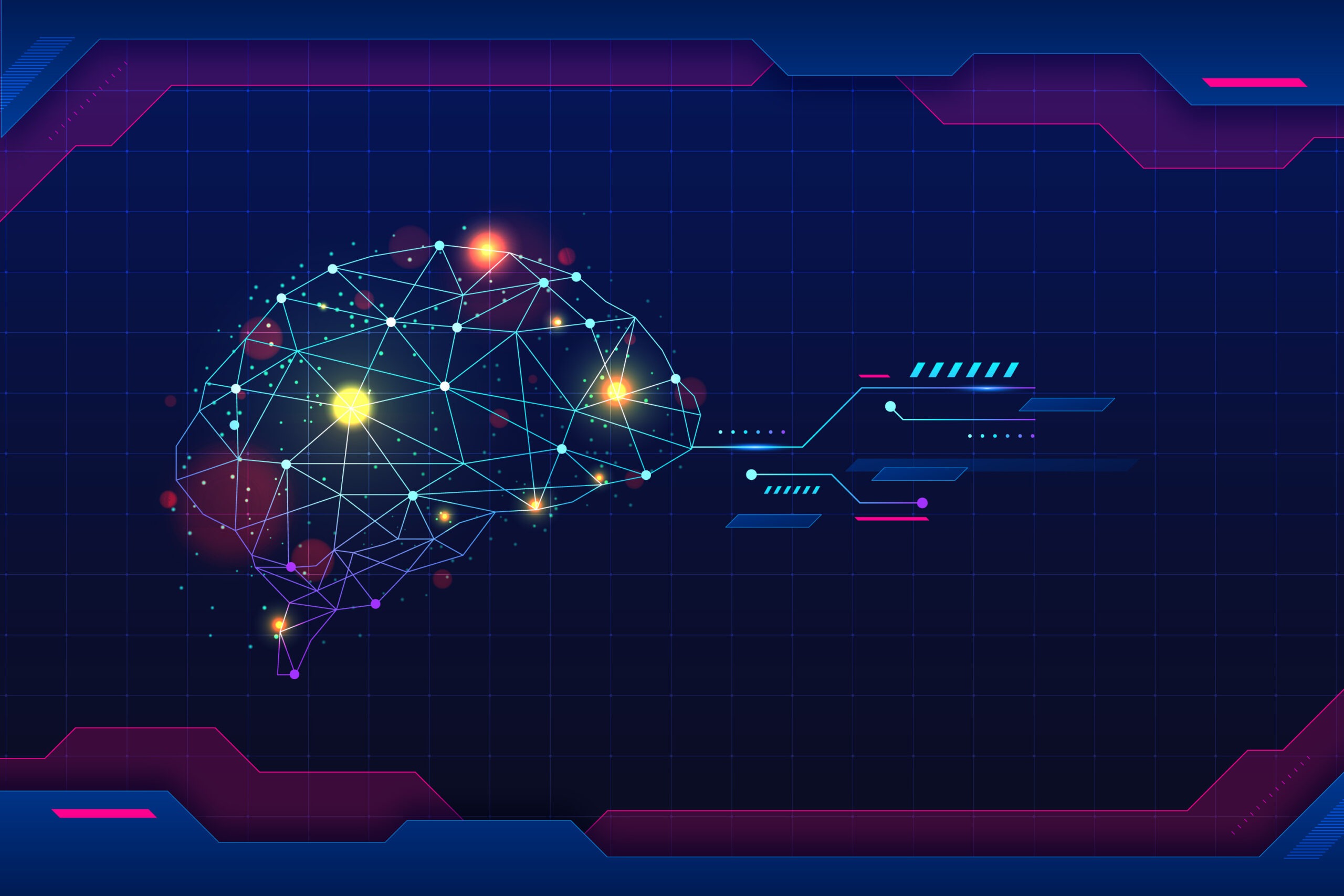AI Agents, Evolving Pricing, and Emerging Trends The SaaS Industry in 2025
The Software-as-a-Service (SaaS) industry has experienced explosive growth over the past decade, transforming how businesses and consumers interact with software. As we approach 2025, the landscape of SaaS is poised for even more revolutionary changes, driven by advancements in artificial intelligence, evolving pricing strategies, and shifting customer expectations. Here’s a detailed look at the trends set to define the SaaS industry in the coming year.
1. The Rise of AI-Driven SaaS Agents
Artificial intelligence (AI) continues to be a driving force in the SaaS industry. By 2025, AI agents will become more prevalent, automating complex tasks and delivering hyper-personalized customer experiences. These agents will do more than answer FAQs; they’ll analyze vast amounts of data, predict customer behavior, and make real-time decisions to optimize operations.
For instance, AI-powered CRM tools will enable sales teams to anticipate client needs more effectively, while AI in marketing platforms will offer predictive insights, helping marketers create highly targeted campaigns. Companies that invest in robust AI capabilities will stand out, offering seamless user experiences and gaining a competitive edge.
2. Emphasis on Advanced Security Protocols
As SaaS solutions become more embedded in business processes, cybersecurity will take center stage. Cyberattacks are evolving in sophistication, and SaaS providers must adopt advanced security measures to safeguard their platforms and customer data. Expect to see increased adoption of zero-trust architectures, AI-driven threat detection, and biometric authentication by 2025.
Additionally, compliance with global data protection regulations like GDPR and CCPA will remain a priority. SaaS companies that prioritize security and transparency will build greater trust with their users, which will be critical in retaining and growing their customer base.
3. Shift Toward Flexible Pricing Models
Pricing strategies in the SaaS industry are undergoing significant evolution. While the subscription model has been a staple, 2025 will see a rise in more flexible and usage-based pricing models. Customers are demanding greater transparency and value, preferring to pay based on actual usage rather than fixed subscription fees.
SaaS providers are already experimenting with tiered pricing, freemium models, and pay-as-you-go options. In 2025, we can expect hybrid pricing strategies that blend fixed and variable components, allowing businesses to cater to a broader range of customer needs. These models will drive better customer retention and unlock new revenue streams.
4. Vertical SaaS Gains Momentum
Horizontal SaaS solutions have long dominated the market, but the demand for industry-specific (vertical) SaaS products is growing rapidly. By 2025, SaaS providers will increasingly tailor their offerings to specific industries such as healthcare, retail, education, and finance.
Vertical SaaS solutions address niche challenges and compliance requirements unique to each sector, providing more targeted functionality than generic platforms. This trend will lead to the emergence of specialized SaaS players and a deeper integration of SaaS tools within industry ecosystems.
5. Integration of Low-Code and No-Code Platforms
The demand for low-code and no-code platforms is set to skyrocket by 2025, democratizing software development. These platforms empower users with little to no technical expertise to build and customize applications, reducing dependency on IT teams and accelerating innovation.
SaaS providers are increasingly incorporating low-code and no-code functionalities into their platforms, enabling businesses to quickly adapt to changing market needs. This trend will drive operational efficiency and allow companies to innovate at a much faster pace.
6. Greater Focus on Sustainability and Green SaaS
Sustainability is becoming a key consideration for businesses across industries, and SaaS is no exception. By 2025, environmentally conscious practices will become a major selling point for SaaS companies. This includes adopting energy-efficient cloud solutions, minimizing carbon footprints, and using renewable energy in data centers.
Green SaaS initiatives will not only appeal to environmentally conscious customers but also align with global sustainability goals. Companies that lead the charge in sustainability will gain a strong competitive advantage and foster deeper customer loyalty.
7. The Role of AI in Predictive Analytics and Decision-Making
Predictive analytics will take a front seat in the SaaS industry by 2025, empowering businesses to confidently make data-driven decisions. SaaS platforms will increasingly leverage AI to analyze historical data and predict future outcomes, helping organizations identify trends, mitigate risks, and uncover new growth opportunities.
Whether it’s in sales forecasting, supply chain management, or customer churn prediction, SaaS tools with advanced predictive analytics will become indispensable for businesses striving to stay ahead of the competition.
8. Enhanced Customer Success Strategies
Customer success is evolving from a reactive approach to a proactive and data-driven discipline. In 2025, SaaS companies will leverage AI and machine learning to monitor user behavior, identify potential issues, and offer tailored solutions before customers even realize they need help.
This proactive customer success approach will result in higher customer satisfaction, improved retention rates, and increased lifetime value. Personalized onboarding, continuous training, and real-time support will become the norm, enhancing the overall customer experience.
9. Expansion into Emerging Markets
The expansion into emerging markets will not only drive revenue growth but also increase global SaaS adoption, fostering innovation and collaboration across borders.
Emerging markets in Asia, Africa, and Latin America represent a significant growth opportunity for SaaS companies. By 2025, more SaaS providers will focus on these regions, offering localized solutions to address unique market needs. This will include language-specific features, regional payment options, and compliance with local regulations.
Conclusion
The SaaS industry is on the cusp of transformative changes as we head into 2025. From the rise of AI-driven agents and predictive analytics to flexible pricing models and sustainability initiatives, these trends will redefine how SaaS companies operate and deliver value. Businesses that embrace these innovations and adapt to evolving customer expectations will be well-positioned to thrive in the dynamic SaaS ecosystem of the future.




